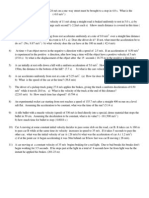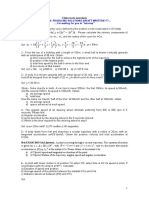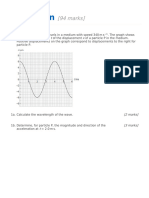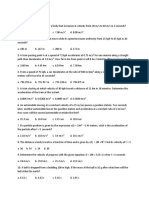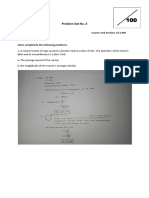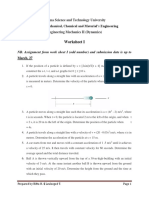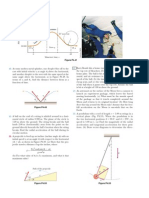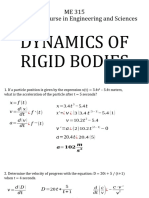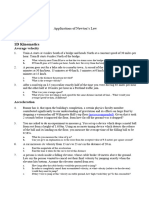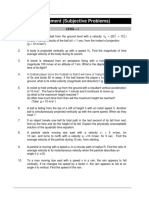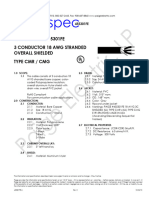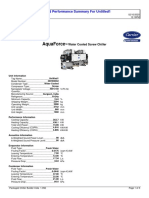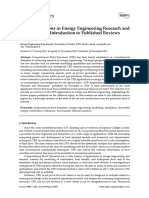0% found this document useful (0 votes)
171 views4 pagesDynamics: Mechanics and Motion Problems
Dynamics deals with the motion of bodies under the influence of forces. It has two parts: kinematics, which is the study of motion without considering forces, and kinetics, which relates forces to motion. The document provides examples of rectilinear, curvilinear, and projectile motion. It also discusses tangential and normal components of acceleration.
Uploaded by
JA MantalCopyright
© © All Rights Reserved
We take content rights seriously. If you suspect this is your content, claim it here.
Available Formats
Download as PDF, TXT or read online on Scribd
0% found this document useful (0 votes)
171 views4 pagesDynamics: Mechanics and Motion Problems
Dynamics deals with the motion of bodies under the influence of forces. It has two parts: kinematics, which is the study of motion without considering forces, and kinetics, which relates forces to motion. The document provides examples of rectilinear, curvilinear, and projectile motion. It also discusses tangential and normal components of acceleration.
Uploaded by
JA MantalCopyright
© © All Rights Reserved
We take content rights seriously. If you suspect this is your content, claim it here.
Available Formats
Download as PDF, TXT or read online on Scribd
/ 4



